AquaB (AquaB Nanobubble Innovations Ltd) has announced its successful development of a novel and exciting technique of generating ozone nano-bubbles in water.
Ozone (O3) is an inorganic gas molecule which has been used for over 100 years as a safe and effective disinfection agent in many industrial and consumer settings. It is a powerful disinfectant, as it oxidises directly and penetrates a pathogen’s cell wall, thereby destroying the pathogen.
Nano-bubbles are minuscule gas bubbles on the nanometre (nm) scale; for reference, a human hair is circa 60,000 – 100,000 nm in width. For many gases, such as oxygen (O2) and methane, they are thermodynamically metastable for many months, or indeed even longer, and due to their enhanced gas-transfer properties and higher de facto gas solubility which they offer, they have many industrial applications – including use in sterilisation or in disinfecting.
In any event, turning to AquaB’s recent generation of ozone nano-bubbles, ozone lifetimes in the nanobubble-aqueous form are substantially increased over and above traditional ozone solvation in water, by an order of magnitude. The ozone concentration may also be set at essentially arbitrarily low or high values by appropriate bubble-generation settings and/or dilution strategies, etc – to comply with all ozone-concentration/exposure guidelines. Ozone-nanobubble generation may be deployed either directly in bulk liquid water (e.g., disinfection of hospital/clinic wastewater), or, interestingly, in the form of aerosol-spray water droplets. The spray constitutes a more effective and energy-efficient way of ‘ozonating’ indoor spaces for prolonged periods in between spray campaigns. This kills bacteria and viruses rapidly and effectively, thereby ‘liberating’ indoor (and crowded outdoor) spaces for gatherings – whether professional, social or sporting. In this case, droplets adhere to surfaces much more, such as chairs, desks, etc. Such spaces would include, inter alia, hospitals, factories, gyms, public transport and stations, classrooms, etc.
These ozone nanobubbles serve as “batteries”, or “reservoirs”, to replenish continually solvated-ozone levels for hours, and their gradual diminution and depletion over these much longer timescales (compared to ozone in the gas phase or traditionally solvated state) affords this “nano-bubbly” water very potent steriliser/disinfectant properties – even more effectively so than chlorine.
Prof. Niall English, AquaB’s CEO said, “After direct ozone-gas generation, we apply our patented, energy-efficient nanobubble-generation method in water by electric-field exposure, giving rise to a combination of ozone (O3) and oxygen (O2) nanobubbles in solution, which act as gas stores to maintain solvated-ozone concentrations at elevated levels for many hours – about an order of magnitude longer than traditional auto-decay timescales of O3 to O2.”
He added, “By deploying these in aerosolised-spray form indoors, and even in crowded outdoor spaces, ozone-nanobubble water droplets tend to adhere, by gravity and direct-spray contact, to surfaces more effectively, thus ozonating or disinfecting the spaces and killing bacteria and viruses, including potentially SARS-CoV-2. Importantly, for operational considerations, this will allow for more prolonged periods of time in between spraying campaigns.”
Dr Mohammad Reza Ghaani, CTO of AquaB said, “We now plan to collaborate with colleagues to test specifically our ozone-nanobubble technology, focusing especially on aerosol-spray mode as water droplets, as an effective disinfectant/elimination agent vis-à-vis SARS-CoV-2. The company is also in discussions with industry to accelerate the technology’s commercialisation, and we shall also liaise with public bodies.”
Professor English concluded, “We would like to thank Enterprise Ireland for ongoing support, including technology-development funding.”
